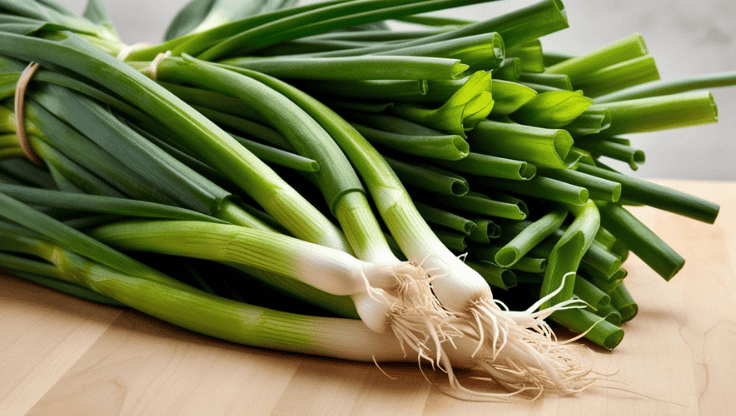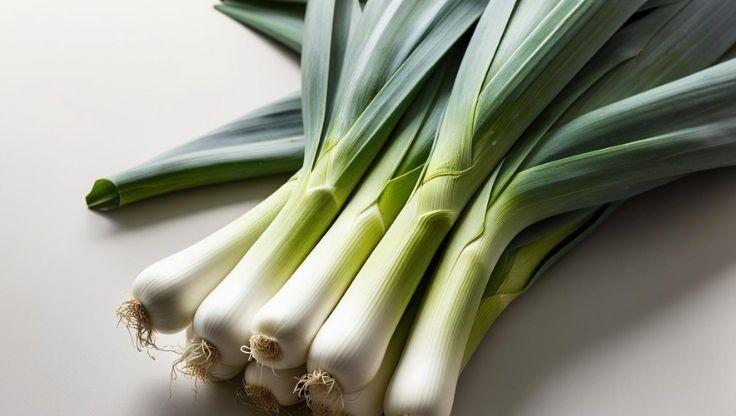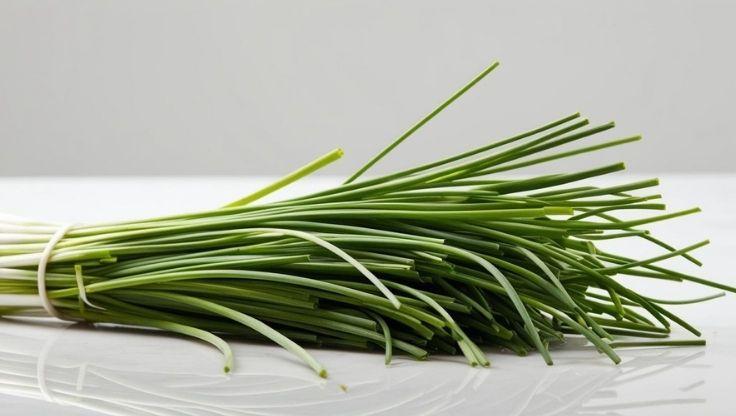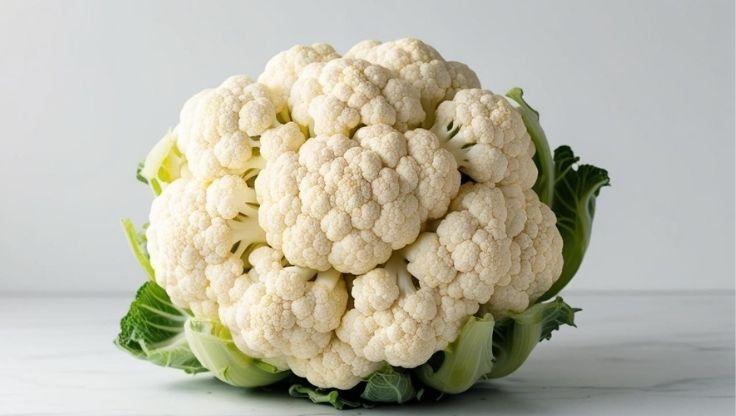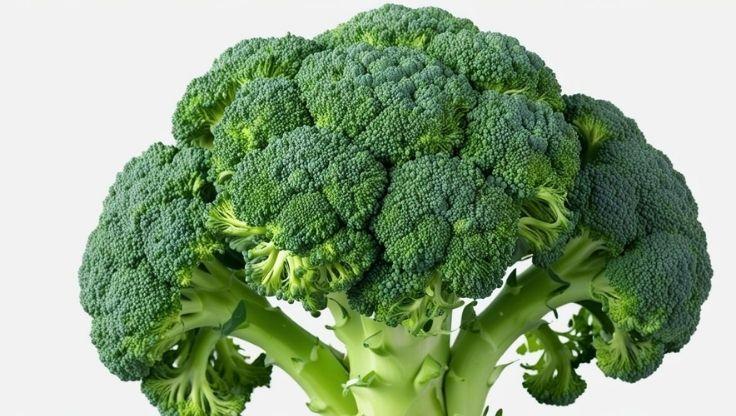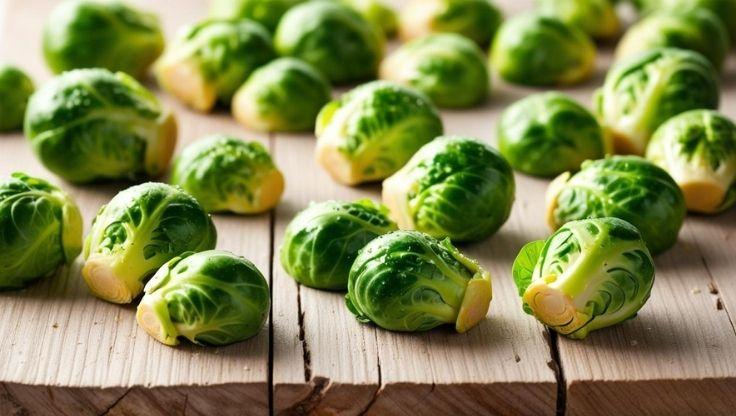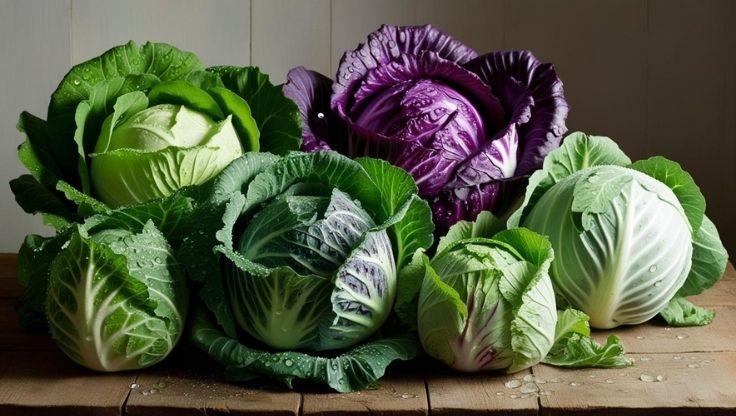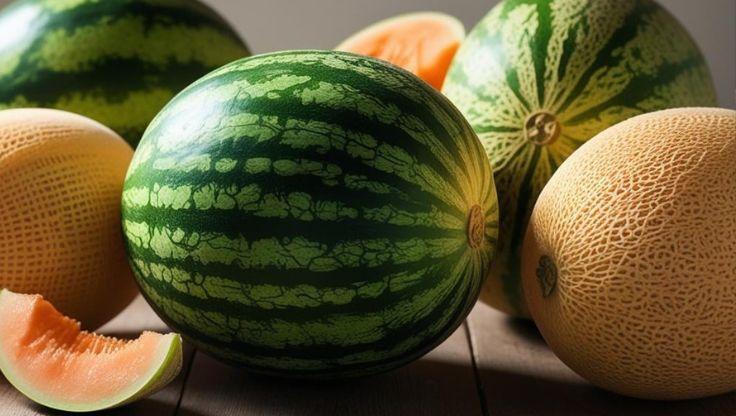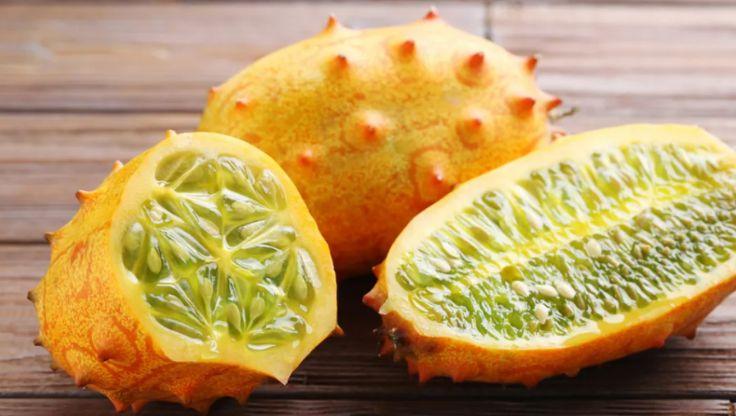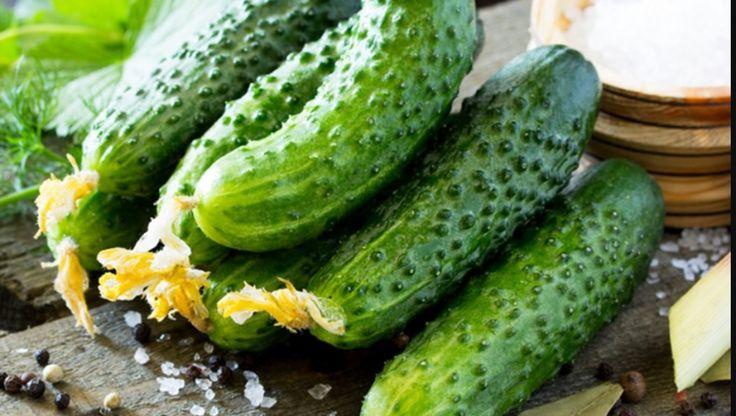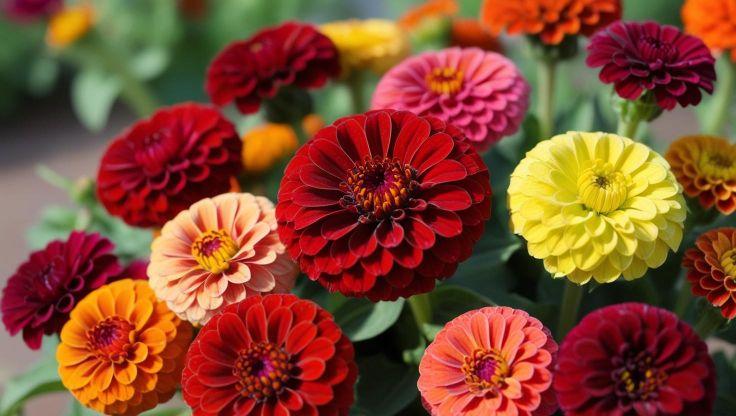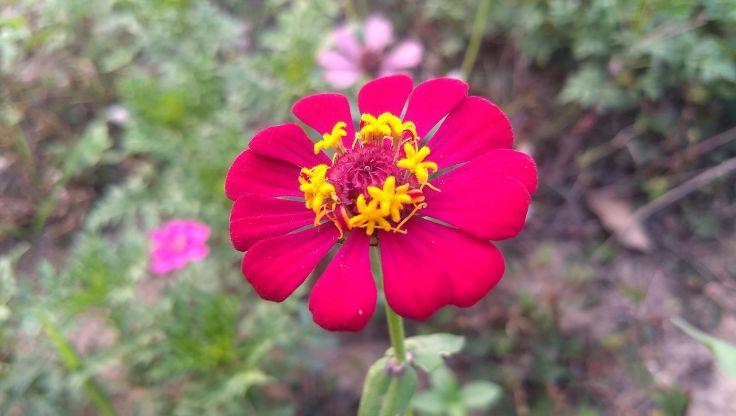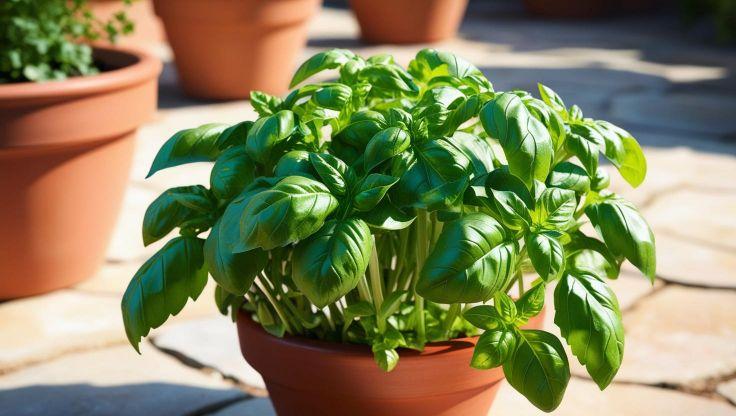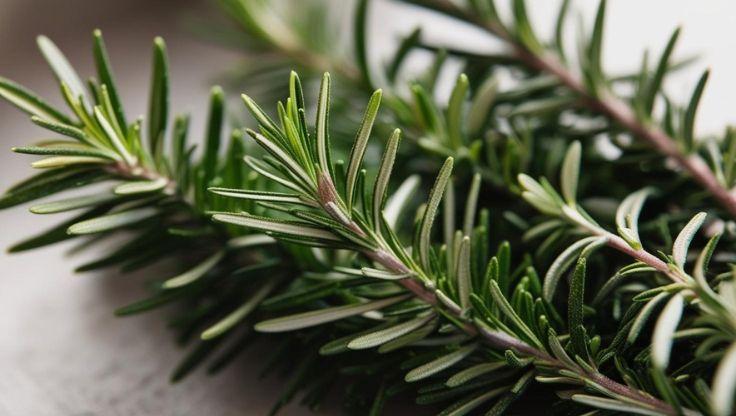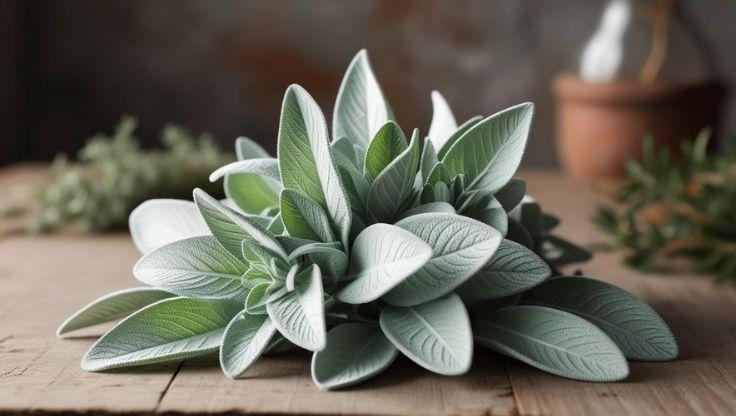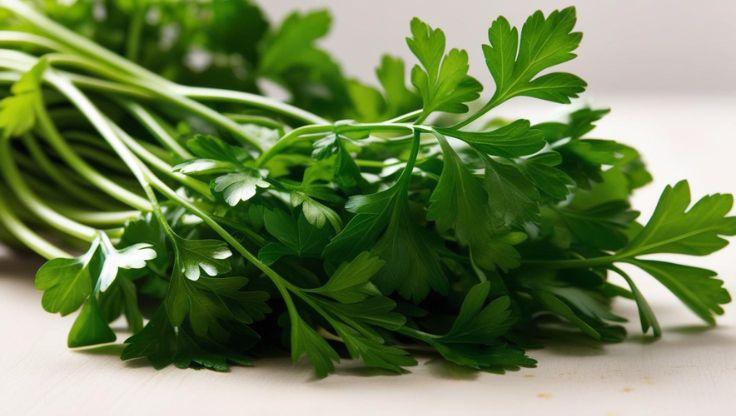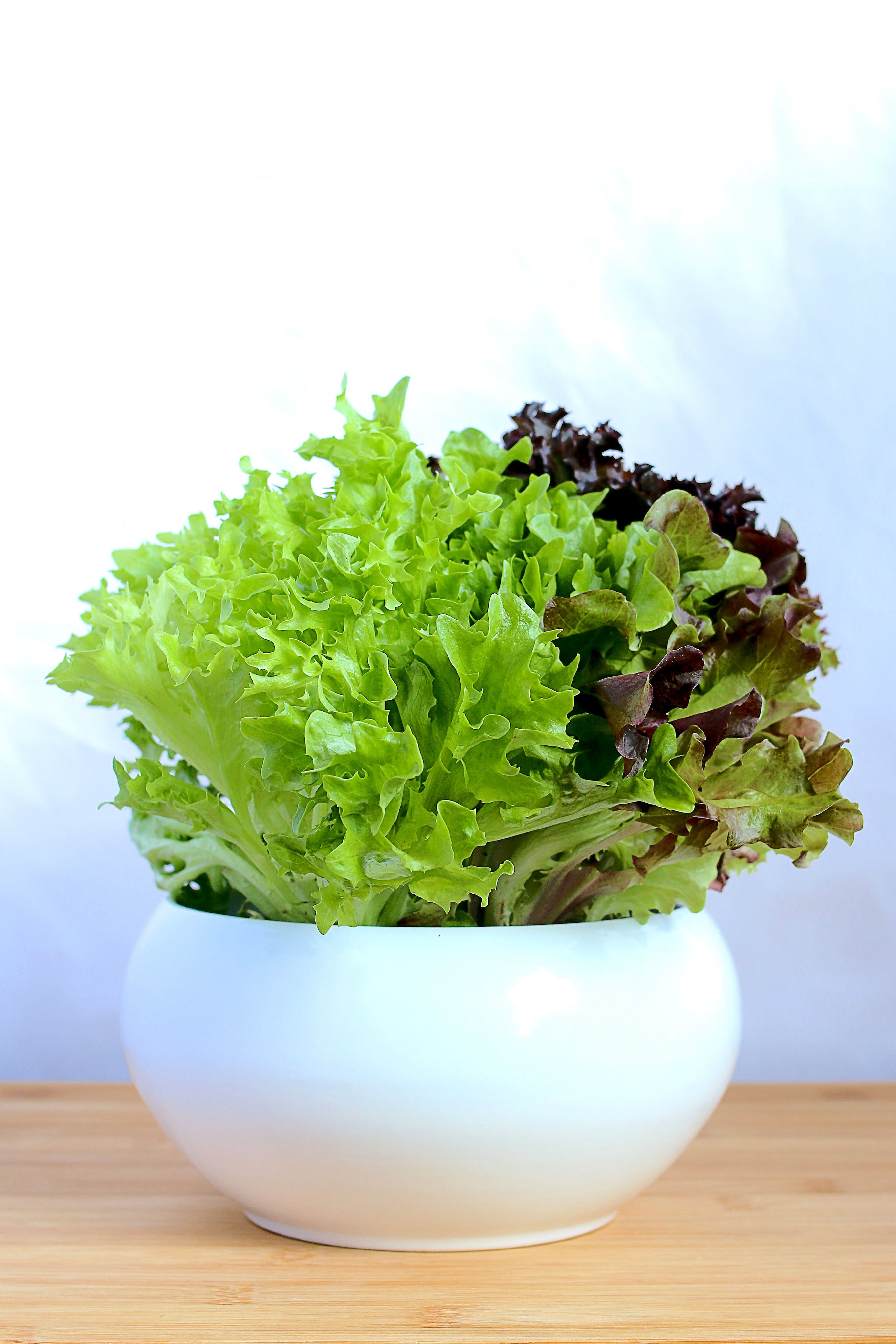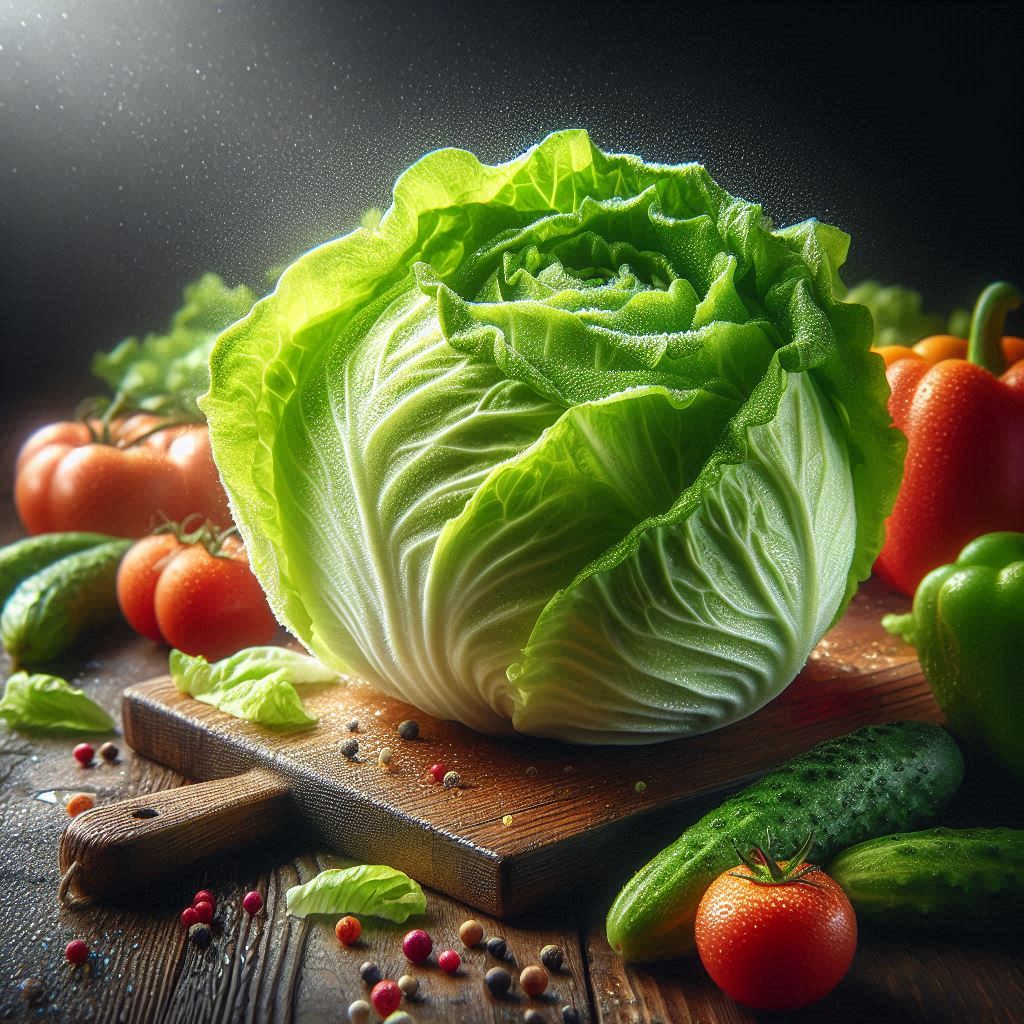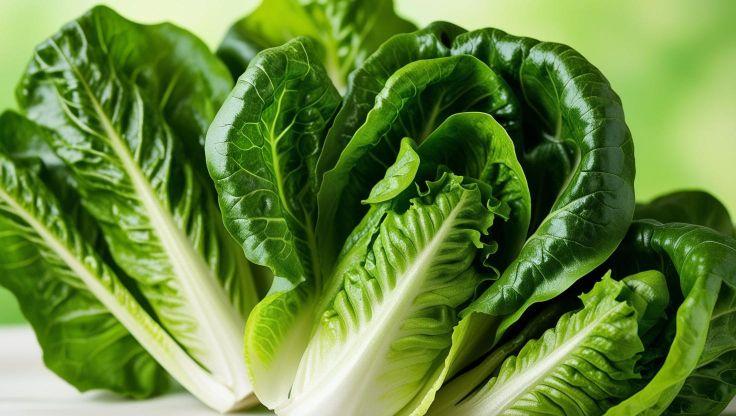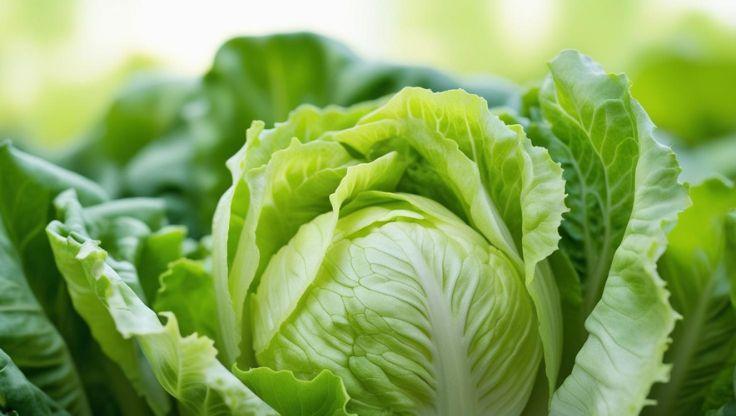Hydroponic Plants: Chrysanthemum Flowers and Their Cultivation in Hydroponic Systems
Chrysanthemum flowers (Chrysanthemum spp.) are popular ornamental plants originating from Asia and Europe, prized for their diverse colors and medicinal value. These hydroponic plants adapt well to soilless systems, thriving under controlled conditions. Compared to traditional soil cultivation, hydroponic chrysanthemums benefit from faster growth, improved nutrient absorption, and fewer pest-related challenges, making them ideal for sustainable farming.

Hydronic Growing Conditions of Chrysanthemums
Cultivating chrysanthemums as hydroponic plants offers unparalleled control over their growth environment, leading to robust development and vibrant blooms. Successful cultivation of these hydroponic plants hinges on meticulously managing their nutrient solutions and maintaining optimal environmental parameters, ensuring each chrysanthemum plant thrives within its specialized system.
Optimal pH and EC Levels for Hydroponic Plants
For thriving hydroponic plants like chrysanthemums, maintaining the nutrient solution's pH between 6.0 and 6.5 is absolutely crucial for optimal nutrient availability. This slightly acidic range ensures that essential macro and micronutrients, such as iron, manganese, and phosphorus, remain soluble and readily absorbable by the root systems of these hydroponic plants. Deviations outside this ideal window can lead to nutrient lockout, a condition where even abundant nutrients cannot be utilized effectively, severely hindering the overall health of your chrysanthemum hydroponic plants.
The electrical conductivity (EC) of the nutrient solution, which measures the total dissolved salts and thus the nutrient concentration, should be consistently managed between 1.8 and 2.5 mS/cm for these specific hydroponic plants. A lower EC, such as 1.5 mS/cm, may be suitable during the initial vegetative growth phase of your chrysanthemum hydroponic plants, while a higher EC, closer to 2.5 mS/cm, can support the increased demands during flowering. Daily EC monitoring helps growers understand if their hydroponic plants are consuming water faster than nutrients (indicating a rising EC) or vice versa (a falling EC), allowing for timely adjustments to prevent deficiencies or toxicities.
Environmental Requirements for Hydroponic Plants
Beyond the nutrient solution, specific environmental factors profoundly influence the health and productivity of hydroponic plants, particularly chrysanthemums. These resilient hydroponic plants thrive in very specific light, temperature, and humidity conditions, which can be precisely controlled in a hydroponic setup.
Light: Chrysanthemums, as hydroponic plants, require substantial light, ideally receiving 6 to 8 hours of intense full spectrum light or equivalent supplemental grow light exposure daily. They are short-day plants, meaning their flowering is primarily triggered by shorter daylight periods (typically less than 14 hours). This photoperiodic response can be precisely manipulated with artificial lighting to induce flowering at specific times of the year, showcasing the advanced capabilities when growing hydroponic plants. During periods of intense afternoon sun, especially in warmer climates, providing partial shade can prevent heat stress and maintain the desired bloom quality for these delicate hydroponic plants.
Temperature: An optimal temperature range for these hydroponic plants is 18-24°C (65-75°F) during the day and 13-18°C (55-65°F) at night. Cooler night temperatures, specifically around 13-16°C (55-60°F), are particularly beneficial during the bud formation and flowering stages, significantly enhancing flower development and color intensity in your hydroponic plants. High temperatures, especially above 35°C (95°F), can significantly inhibit photosynthesis and overall growth, even if sufficient water and nutrients are available, impacting the vitality of your hydroponic plants.
Humidity: Relative humidity (RH) should be meticulously maintained between 50% and 70% for optimal growth of these hydroponic plants. While chrysanthemums generally tolerate a range, excessive humidity (over 90%) can markedly increase the risk of devastating fungal diseases, such as white rust, due to condensation on leaves and reduced transpiration. Conversely, very low humidity can lead to increased transpiration rates, potentially stressing the hydroponic plants if water uptake cannot keep pace. Strategic air circulation, often facilitated by fans within the hydroponic setup, is absolutely essential to prevent stagnant air pockets and maintain balanced humidity levels, consistently contributing to the overall vigor and health of your chrysanthemum hydroponic plants.
The Best Hydroponic System for Growing Chrysanthemums
Hydroponic gardening offers a highly efficient way to cultivate Chrysanthemums, ensuring faster growth, higher yields, and better control over environmental conditions. Selecting the right hydroponic system is crucial for optimizing plant health and maximizing flower production.
Top Hydroponic Systems for Chrysanthemums
Deep Water Culture (DWC)
DWC is an excellent choice for growing hydroponic plants like Chrysanthemums. This system submerges the roots in a nutrient-rich solution, ensuring continuous access to essential minerals. The oxygenation provided by air pumps promotes rapid growth and robust root development, leading to healthier and more vibrant blooms.
Nutrient Film Technique (NFT)
NFT is a space-efficient hydroponic system where a thin film of nutrient solution flows over the roots. This method enhances nutrient absorption while preventing waterlogging. Chrysanthemums thrive in NFT setups due to their ability to receive a steady supply of nutrients without excessive moisture retention.
Ebb and Flow (Flood and Drain)
This system periodically floods the plant roots with nutrients before draining the excess solution. The cycle mimics natural watering patterns, preventing overwatering while ensuring optimal nutrient uptake. Chrysanthemums benefit from this method as it supports strong root development and reduces the risk of disease.
Final Thoughts
Choosing the right hydroponic system for Chrysanthemums depends on space availability, experience level, and desired yield. Whether opting for DWC, NFT, or Ebb and Flow, each method offers unique advantages that contribute to healthier plants and more abundant blooms. By fine-tuning environmental factors and nutrient delivery, growers can maximize the potential of their hydroponic Chrysanthemum cultivation.
Nutrient Solutions & Water Management for Growing Chrysanthemums
Proper nutrient solutions and water management are essential for cultivating healthy and vibrant Chrysanthemums in hydroponic systems. By optimizing these factors, growers can enhance flower quality, increase yield, and prevent common plant deficiencies.
Cultivation Process of Hydroponic Chrysanthemum Plants
The successful cultivation of chrysanthemum as hydroponic plants represents a highly efficient and controlled agricultural methodology for producing vibrant, healthy blooms with superior quality. This precise process commences with careful seed placement and nurturing, progressively leading to robust plant development within a meticulously managed hydroponic plants system. Adopting these advanced hydroponic techniques significantly mitigates common traditional soil-borne diseases and enables truly optimized growth rates for every chrysanthemum hydroponic plant.
Initial Seedling Stage for Hydroponic Plants
For successful propagation within a hydroponic plants framework, chrysanthemum seeds should be placed with utmost precision, one per hole, within specialized hydroponic germination trays. This meticulous spacing is absolutely vital as it prevents overcrowding, which is a common impediment to the early, crucial development of these young hydroponic plants. The chosen growth medium in these trays, typically either inert rockwool cubes or fine coco coir, provides exceptional aeration alongside optimal moisture retention. This creates an ideal environment for consistent germination and strong initial root establishment of each emerging hydroponic plant. Maintaining critically consistent moisture levels without any saturation is key during this delicate phase to encourage the uniform emergence of robust seedlings from the very beginning.
Transplanting and Maturation of Hydroponic Plants
Following successful germination and the development of several true leaves, the young chrysanthemum hydroponic plants reach a critical stage where they are ready for careful transplanting into their larger, permanent hydroponic growing systems. These can include highly efficient NFT (Nutrient Film Technique) channels or robust DWC (Deep Water Culture) setups, chosen based on scale and specific needs for these hydroponic plants. After this deliberate transplanting, these adaptable hydroponic plants typically progress to full maturity within an impressively efficient timeframe of 8–12 weeks. This precise maturation cycle, which can be finely tuned, represents a significant inherent advantage of hydroponic cultivation over more traditional soil-based methods, crucially allowing for more frequent and predictable harvests of high-quality hydroponic plants.
Adaptable Chrysanthemum Varieties for Hydroponic Systems
Several specific chrysanthemum varieties have demonstrated exceptional suitability for modern hydroponic farming, primarily due to their resilient growth habits and remarkable responsiveness to controlled environmental conditions. Notably, Chrysanthemum morifolium and Chrysanthemum indicum are widely recognized and highly favored for their outstanding adaptability as hydroponic plants. These particular varieties consistently exhibit robust vegetative growth, highly efficient nutrient uptake, and predictably consistent flowering performance under carefully managed hydroponic conditions, making them the preferred choices for both large-scale commercial operations and dedicated hobby growers seeking high-yield hydroponic plants. Their inherent genetic predispositions allow them to truly flourish when provided with precisely balanced nutrient solutions and optimized light cycles, undeniably showcasing the immense potential of chrysanthemums as high-performing hydroponic plants.
Uses and Benefits of Hydroponic Chrysanthemum Plants
Cultivating chrysanthemum as hydroponic plants not only optimizes growth but also offers a diverse array of culinary, medicinal, and significant sustainability advantages. These versatile hydroponic plants prove invaluable far beyond their ornamental appeal, serving various practical applications while supporting environmentally conscious practices.
Culinary Applications of Hydroponic Plants
The delicate petals of chrysanthemum hydroponic plants are highly prized for their unique infusion capabilities in teas, soups, and a variety of herbal dishes, imparting a mild, subtly floral essence. When grown as hydroponic plants, their petals can be produced under stringently controlled, clean conditions, ensuring they are free from soil contaminants and potentially harmful pesticides. This makes them an exceptionally safe and high-quality ingredient for culinary use, appealing to discerning chefs and health-conscious consumers alike who seek pure, natural flavors from their hydroponic plants.
Medicinal Properties of Hydroponic Plants
Beyond their culinary charm, chrysanthemum hydroponic plants are widely recognized for their significant medicinal properties. They are particularly known for their potent anti-inflammatory effects, which can aid in various health applications. Furthermore, extracts from these powerful hydroponic plants are often utilized to support detoxification processes within the body and promote enhanced eye health. The controlled environment of hydroponic cultivation allows for consistent production of these medicinally active compounds, potentially leading to a more potent and reliable source of beneficial properties from these specific hydroponic plants.
Sustainability Advantages of Hydroponic Plants
One of the most compelling reasons to cultivate chrysanthemum as hydroponic plants lies in their profound sustainability advantages over traditional soil-grown alternatives. These efficient hydroponic plants typically require a remarkable 85% less water, a critical saving in water-scarce regions, as the closed-loop hydroponic systems recirculate and conserve water meticulously. This substantial reduction in water usage, coupled with minimized nutrient runoff, dramatically lowers the environmental footprint. Moreover, growing these hydroponic plants significantly reduces reliance on harmful pesticides, as the contained environment naturally mitigates many common pests, thereby offering a more environmentally friendly and safer product from these advanced hydroponic plants.
|
Institution |
Article Title |
Article Link |
|---|---|---|
|
BMC Plant Biology |
Comparison of Chrysanthemum Flowers Grown Under Hydroponic and Soil-Based Systems: Yield and Transcriptome Analysis |
|
|
The Pharma Innovation Journal |
Growth and Flowering of Chrysanthemum in Hydroponics |
|
|
ProQuest |
Comparison of Chrysanthemum Flowers Grown Under Hydroponic and Soil-Based Systems |


